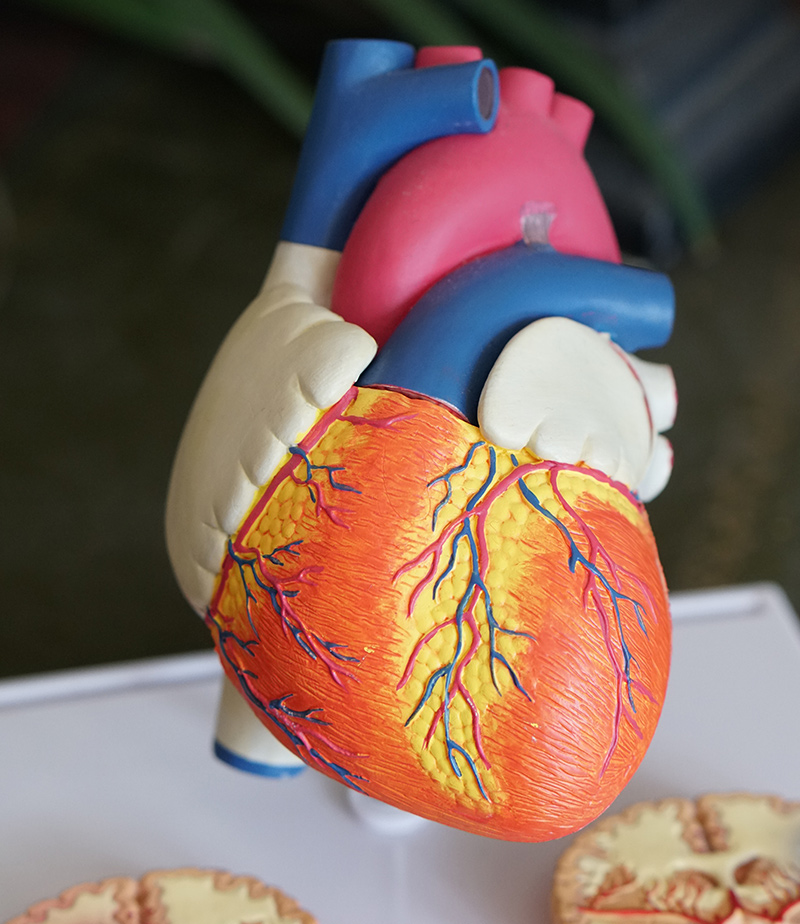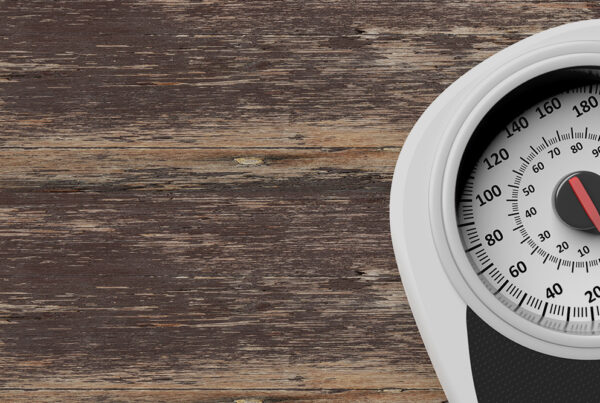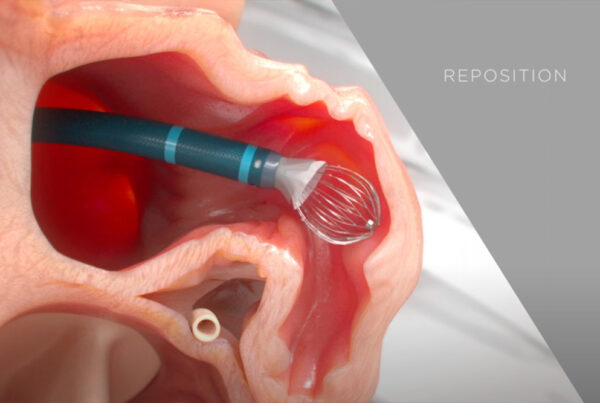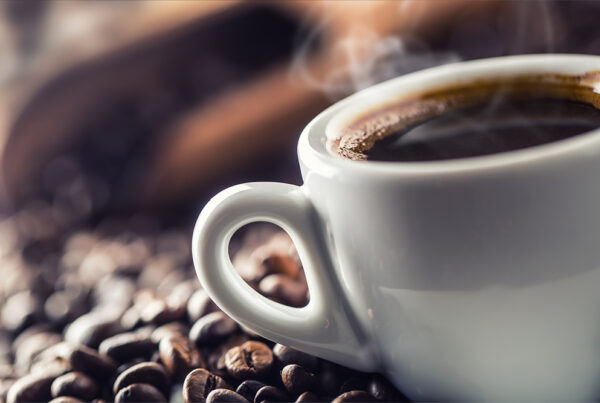Measuring blood pressure may seem like a routine part of your doctor’s visit, but understanding its role in your heart health is critical. If left untreated, high blood pressure can have serious consequences on the rest of the body, including stroke, heart failure, vision loss, erectile dysfunction in men, decreased sex drive in women, and kidney disease.
Unfortunately, high blood pressure doesn’t typically present symptoms at first, according to Michelle Weisfelner Bloom, MD, a cardiologist at Stony Brook University Medical Center. “That’s the reason why we call it the ‘silent killer,’” says Dr. Bloom. In many cases, by the time high blood pressure is detected, a lot of damage—sometimes fatal—has already been done.
Your heart is like the engine for the rest of the body, pumping blood throughout the body and delivering oxygen to cells and organs. If your heart can’t do its job well, the rest of the body has to work extra hard to function with less oxygen.
“Blood pressure is simply a physical measurement of the tension or pressure of the blood in the arteries,” says Paul Knoepflmacher, MD, a clinical instructor in medicine at The Mount Sinai Hospital. The top number represents the pressure when your heart contracts (the systolic pressure), and the bottom shows the pressure when it relaxes (diastolic pressure).
Blood pressure readings fall into one of four categories, according to Dr. Knoepflmacher.
Normal blood pressure is less than 120 (systolic) over less than 80 (diastolic).
Elevated blood pressure is between 120 and 129 (systolic) over less than 80 (diastolic).
Hypertension stage 1 is between 130 and 139 (systolic) over 80 to 89 (diastolic).
Hypertension stage 2 is 140 or greater (systolic) over 90 or greater (diastolic).
In early stages of treatment for high blood pressure, medication may not be necessary. “I give [patients] either a few weeks or a few months to see if they can bring down their blood pressure naturally,” says Dr. Bloom.
Experts recommend a few key lifestyle changes for lowering blood pressure.
Exercise. Cardio exercises, such as running or biking, are your “first line of defense” against high blood pressure, says Joan Pagano, an exercise physiologist in New York City.
Limiting caffeine, alcohol, and sodium. “Sodium has a direct relationship with high blood pressure,” says Antonella Apicella, RDN, a dietitian with the Lenox Hill Hospital Outpatient Nutrition Program. “Limiting to 1,500 mg for the day is very effective in lowering that blood pressure.” (Here are ways to eat less salt for a healthier heart.)
Eating a heart-healthy diet. One simple way to improve your diet is including more color, suggests Frances Largeman-Roth, RDN, a nutritionist in New York City. Adding more colorful fruits and veggies can help nourish your body with crucial micronutrients, including potassium. A potassium-rich diet can counteract some of sodium’s negative effects on the body. (Here are the best food sources of potassium to add to your diet.) Learn more about the diet recommended to lower high blood pressure here.






